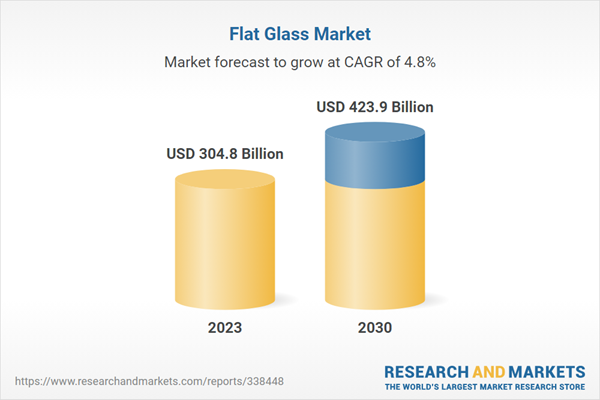

The Benefits and Applications of 4mm Low-E Glass
In the realm of modern architecture and construction, energy efficiency has become a prominent focus due to escalating energy costs and heightened environmental awareness. Among the various materials that contribute to this goal, low-emissivity (Low-E) glass has emerged as a game changer. Specifically, 4mm Low-E glass has become increasingly popular for both residential and commercial applications due to its unique properties and benefits.
What is Low-E Glass?
Low-E glass is designed to reflect heat while allowing light to pass through. The “Low-E” stands for low emissivity, indicating that the glass has a special coating that reduces the amount of infrared and ultraviolet light that can pass through it, without compromising the visible light that enters. This technology is critical in enhancing the energy performance of windows, contributing significantly to thermal insulation.
Benefits of 4mm Low-E Glass
1. Energy Efficiency One of the most significant advantages of 4mm Low-E glass is its energy efficiency. By minimizing heat transfer, this type of glass helps maintain stable indoor temperatures. During summer months, it reflects solar heat away from the building, thus reducing the reliance on air conditioning. In winter, it retains heat, allowing for lower heating costs. This dual capability can lead to substantial energy savings year-round.
2. Natural Light Unlike tinted or darker glass, 4mm Low-E glass allows a high percentage of visible light to enter spaces, making interiors bright and pleasant. This is particularly beneficial in residential buildings where natural light enhances mood and well-being. Using this type of glass means that occupants can enjoy the benefits of daylight while still maintaining energy efficiency.
3. UV Protection The special coating on Low-E glass also blocks up to 99% of harmful ultraviolet (UV) rays. This is invaluable for protecting furniture, flooring, and artwork from fading and deterioration caused by sun exposure. By integrating 4mm Low-E glass into window designs, building owners can preserve the integrity of their interiors over time.
4. Sound Insulation While not the primary function of Low-E glass, the added thickness of 4mm contributes to sound insulation. Buildings in urban areas can benefit from reduced noise pollution when using this type of glass, creating a more peaceful indoor environment.

5. Aesthetic Appeal The clarity and brightness provided by 4mm Low-E glass enhance the aesthetic of both residential and commercial buildings. It can be manufactured in various styles and finishes, allowing architects and designers to integrate it seamlessly into their projects while achieving a modern, sleek look.
Applications of 4mm Low-E Glass
1. Residential Windows Homeowners are increasingly opting for 4mm Low-E glass in their window designs. The balance of insulation and natural light makes it an ideal choice for living spaces, where comfort and aesthetics are paramount.
2. Commercial Buildings In commercial settings, large glass facades made with Low-E glass not only contribute to energy savings but also create an impressive visual impact. The combination of natural lighting and reduced energy costs can improve the overall experience for both employees and clients.
3. Skylights The use of 4mm Low-E glass in skylights is another popular application. It allows for maximum light transmission while minimizing heat gain, making rooms brighter without the overhead energy costs associated with artificial lighting.
4. Glass Railings and Partitions In modern design, 4mm Low-E glass is suitable for use in railings and interior partitions. It provides visual continuity and openness in spaces, enhancing both safety and design aesthetics.
Conclusion
In conclusion, 4mm Low-E glass represents a significant advancement in building materials, combining energy efficiency, natural light, UV protection, sound insulation, and aesthetic versatility. As the demand for sustainable construction materials grows, the popularity of Low-E glass is expected to rise. Whether in residential homes or commercial properties, this innovative glass type contributes to creating energy-efficient, comfortable, and visually appealing spaces. By choosing 4mm Low-E glass, architects, builders, and homeowners make a proactive choice toward a sustainable and aesthetically pleasing future.